Obsessive-compulsive disorder (OCD) impacts millions of people, including teenagers, and it’s more than just wanting things to be neat or organized. OCD is a mental health condition defined by intrusive thoughts and compulsive behaviors that can disrupt daily life. Understanding the different types of OCD and how it manifests can be an important step for teens and their families in finding the right support and treatment. Our OCD treatment is here to help.
OCD and Intrusive Thoughts
At its core, OCD starts with obsessions, which are persistent, unwanted, and distressing thoughts, images, or urges. These are often referred to as intrusive thoughts because they seem to come out of nowhere and are hard to ignore. For someone with OCD, intrusive thoughts don’t just pass by—they linger, causing anxiety and discomfort.
To try and manage these obsessions, teens might engage in compulsive behaviors. These are repeated actions or mental rituals meant to reduce anxiety or stop something bad from happening. Unfortunately, while these compulsions may provide short-term relief, they can quickly become a cycle that feels impossible to break without help.
It’s important to note that intrusive thoughts don’t define who someone is. Many teens with OCD feel shame or fear about their thoughts, especially if they seem “scary” or inappropriate. But they are just that—thoughts, not desires or truths. Recognizing this is a key part of understanding and managing OCD.
Types of OCD
While OCD can look different for everyone, there are several common types of OCD that teens may experience. Here are some of the most common subtypes:
- Checking OCD
Teens with checking OCD may feel an overwhelming need to repeatedly check things to make sure they are safe or done correctly. This can include checking that doors are locked, appliances are turned off, or homework has been completed perfectly. The fear behind checking OCD often involves preventing harm to themselves or others, which makes it difficult for the individual to trust their memory or instincts.
- Contamination OCD
Contamination OCD involves a fear of germs, dirt, or illness. Teens with this type of OCD may constantly wash their hands, disinfect surfaces, or avoid touching objects they fear could be unclean. The anxiety surrounding contamination OCD often stems from believing they—or someone they care about—will get sick or harmed because things aren’t “clean enough.”
- Self-Harm OCD
This type of OCD involves intrusive thoughts or fears about accidentally or intentionally harming oneself. Teens dealing with self-harm OCD don’t actually want to hurt themselves, but the obsessive notion that they might can cause intense anxiety. Compulsions might include avoiding certain objects (like knives or scissors) or repeatedly seeking reassurance that they won’t act on these thoughts.
- Obsessive Thoughts
For some individuals, the primary symptom of OCD is obsessive thoughts rather than visible compulsions. These can include fears around morality, harming others, or inappropriate thoughts. Teens with obsessive thoughts may mentally replay situations, seek reassurance, or pray excessively to “neutralize” their anxiety. This type of OCD often goes unnoticed because there are no obvious physical rituals.
- Other Forms
OCD can also involve fears related to symmetry (the need for things to feel “just right”), relationship OCD (obsessing about doubts in relationships), or other specific worries. While the themes might differ, the pattern of obsessions and compulsions remains similar.
Understanding the specific type of OCD your teen is experiencing can help them—and you—find the right approach to treatment.
Our OCD Treatment for Teens
At MCAW, we know how challenging OCD can be, especially for teenagers still figuring out their place in the world. That’s why our treatment programs are designed specifically with teens in mind.
Our approach often includes a combination of therapies, such as cognitive-behavioral therapy (CBT) and exposure and response prevention (ERP). These evidence-based treatments help teens identify their intrusive thoughts, understand their compulsions, and gradually learn healthier ways to cope. ERP, for example, gives teens the tools to face their fears in a safe, supportive environment without “giving in” to compulsions.
We also understand that every teenager is unique, so we work with families to create a personalized treatment plan that fits your teen’s needs. Whether it’s talk therapy, mindfulness techniques, or medication, our goal is to empower teens to take back control of their thoughts and live fuller, happier lives.
Contact MCAW Today
If your teen is struggling with intrusive thoughts, compulsions, or obsessive worries, you don’t have to face it alone. At Massachusetts Center for Adolescent Wellness (MCAW,) we’re here to help you understand the types of OCD and what treatment options are available. With the right care, your teen can build the skills and confidence they need to manage their OCD and thrive.
Contact MCAW online or call 855.940.6229 today to learn more about our specialized programs for teenagers. Together, we can help your teen break free from the cycle of OCD and move forward toward a brighter future.


